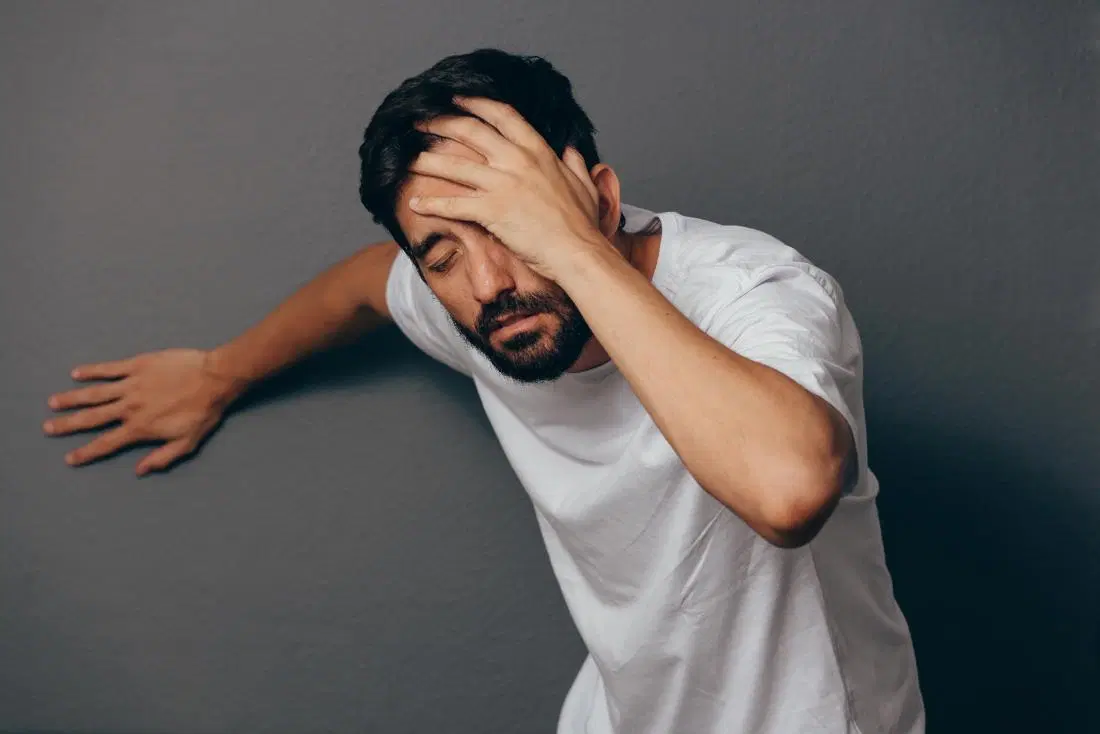Low iron, also known as iron deficiency anemia, is a condition where the body doesn’t have enough iron to produce enough hemoglobin, which is the protein in red blood cells that carries oxygen to cells throughout the body.
Signs and Symptoms:
Fatigue and weakness
Pale skin
Shortness of breath
Dizziness
Headaches
Cold hands and feet
Irregular heartbeat
Brittle nails
Spoon-shaped nails
Cravings for non-food items (pica)
Poor appetite
Chest pain
Irritability
Sore tongue
Swelling or soreness of the mouth or tongue
Treatment:
Iron supplements: The most common treatment for low iron is taking iron supplements in the form of tablets or liquid.
Dietary changes: Increasing iron-rich foods such as red meat, poultry, fish, beans, lentils, tofu, dark green leafy vegetables and fortified breakfast cereals in the diet can help improve iron levels.
Vitamin C: Vitamin C helps improve iron absorption, so taking vitamin C supplements or eating vitamin C-rich foods with iron-rich meals can help.
Avoiding foods that inhibit iron absorption: such as calcium-rich foods and drinks (e.g. dairy products), tea and coffee, should be limited or avoided with iron-rich meals.
It’s important to diagnose low iron levels early, as untreated low iron can lead to more serious health problems, such as heart problems and decreased immune function. If you suspect you have low iron, it is important to speak with a healthcare provider to receive an accurate diagnosis and treatment plan.

 Home
Home Health
Health Diet & Nutrition
Diet & Nutrition Living Well
Living Well More
More












